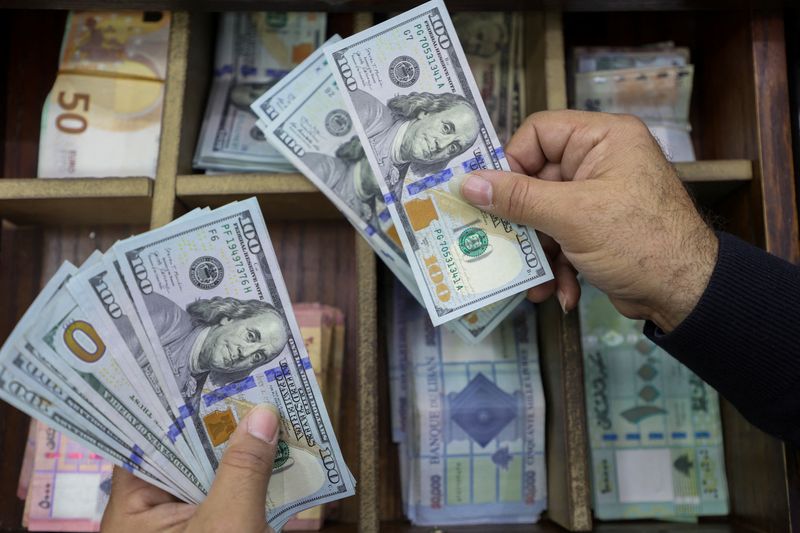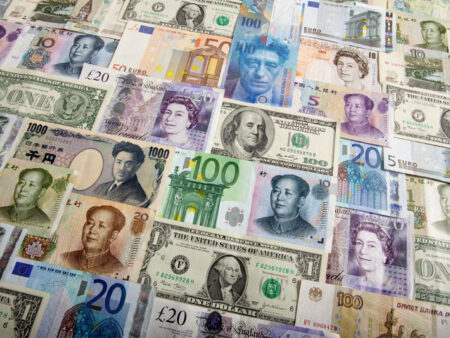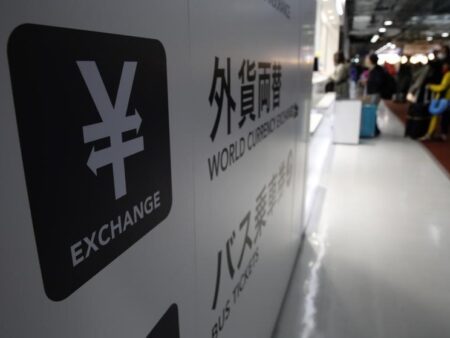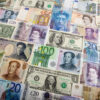By Tom Westbrook
SINGAPORE (Reuters) -The dollar stood tall on Wednesday and the yen sagged close to levels that drew intervention last year after strong U.S. data drove a spike in yields and pared some bets on Federal Reserve rate cuts.
The yen touched 158.42 overnight, its weakest on the dollar for nearly six months, and last sat at 158.19.
Japan Finance Minister Katsunobu Kato had warned against speculative yen selling a day earlier as the exchange rate nears the 160 level that drew dollar selling half a year ago.
“Even chart wise it’s an important resistance level,” said Bart Wakabayashi, Tokyo branch manager at State Street (NYSE:).
“We’re getting very strong U.S. numbers … which has rates going up,” he said, pushing expectations of Fed rate cuts out to the northern summer or beyond.
“There’s even the discussion about will they cut or may they even hike? The narrative has changed quite significantly, leading to what should be maybe a bit more dollar strength.”
The euro fell about 0.5% overnight and traded around $1.0351 through the Asia day. Sterling had also dipped and bought $1.2478. hit a six-month low of 7.3319 to the dollar.
Traders are jittery ahead of U.S. labour data due on Friday and also inauguration day on Jan. 20, when Donald Trump is expected to begin his second U.S. presidency with a flurry of policy announcements and executive orders.
Tuesday data showed U.S. job openings unexpectedly rose in November, layoffs were low, while services sector activity accelerated in December and a measure of prices paid for inputs hit a two-year high – a possible inflation warning.
Bond markets reacted by sending 10-year yields up more than eight basis points to touch an eight-month high of 4.699%, while the 30-year yield rose 7.4 bps and is less than nine bps from breaching 5%. [US/]
Traders price only about 37 bps of easing through this year, according to LSEG data derived from rates futures.
The dollar followed suit and the contrast between the solid U.S. economy and weak data in Australia and New Zealand has the Antipodean currencies plumbing multi-year lows.

New Zealand is in outright recession and, having lost more than 11% on the greenback last year, the huddled at $0.5634 on Wednesday, not far from a two-year low of $0.5588 struck late in December.
The Australian dollar sank 9.2% on the dollar through 2024 and, at $0.6228, is not far from breaking a 2022 low of $0.6170. Australian monthly inflation data showed headline CPI crept up from three-year lows in November, though a drop in core inflation bolstered the case for a rate cut.

















